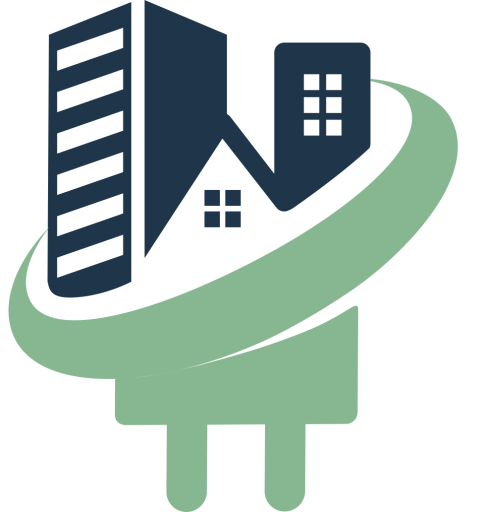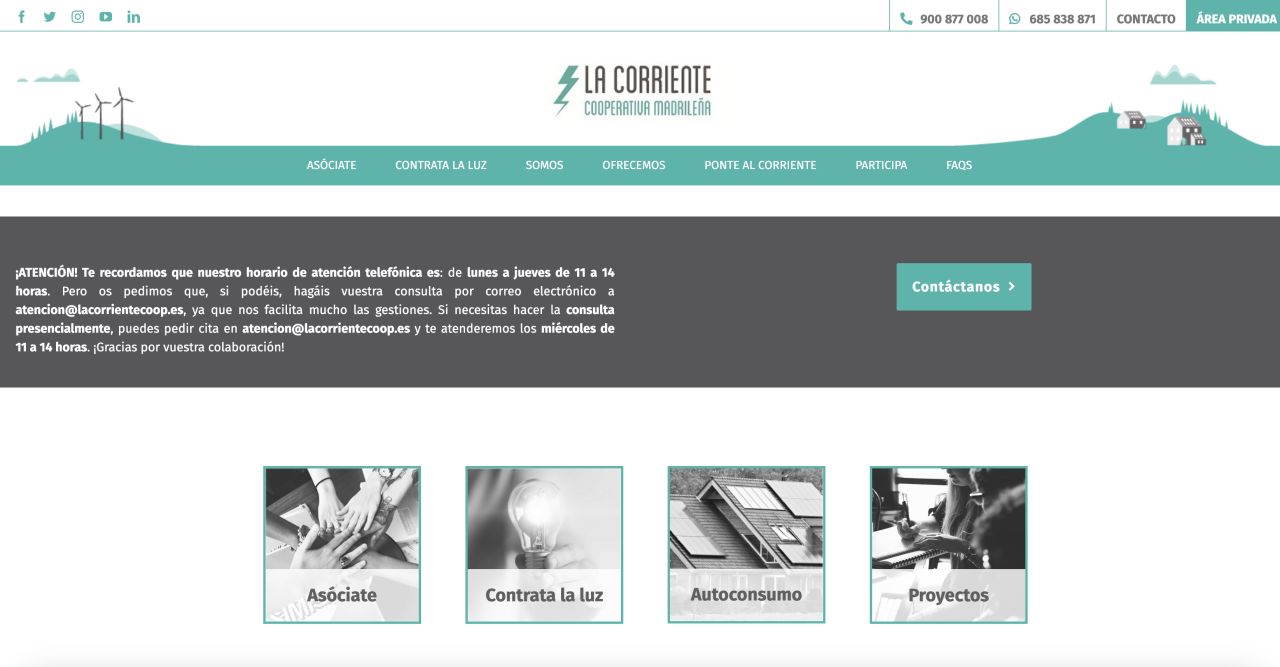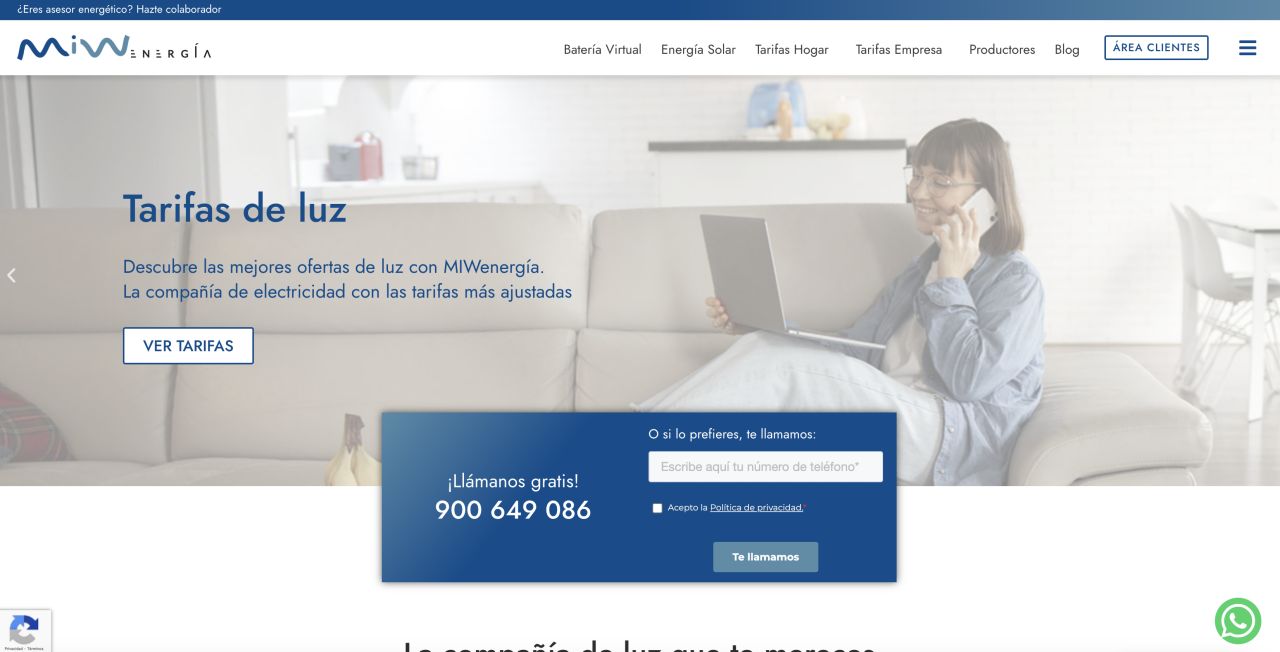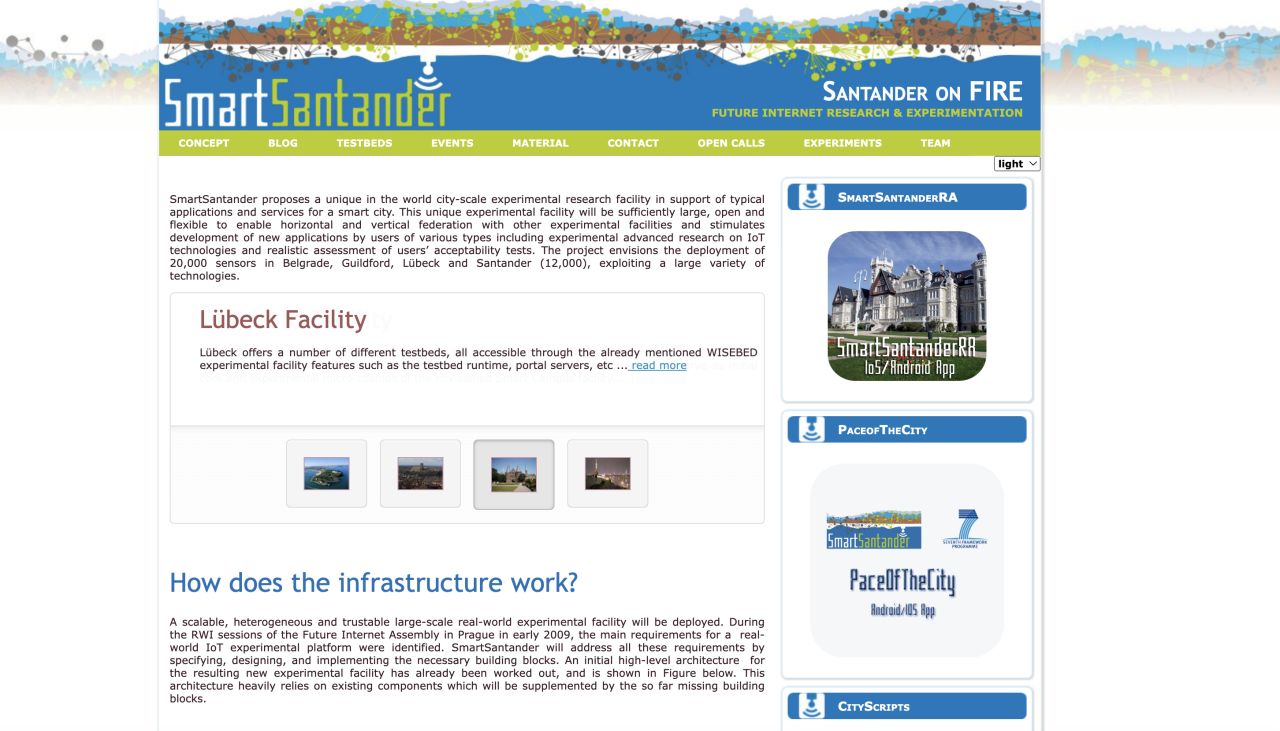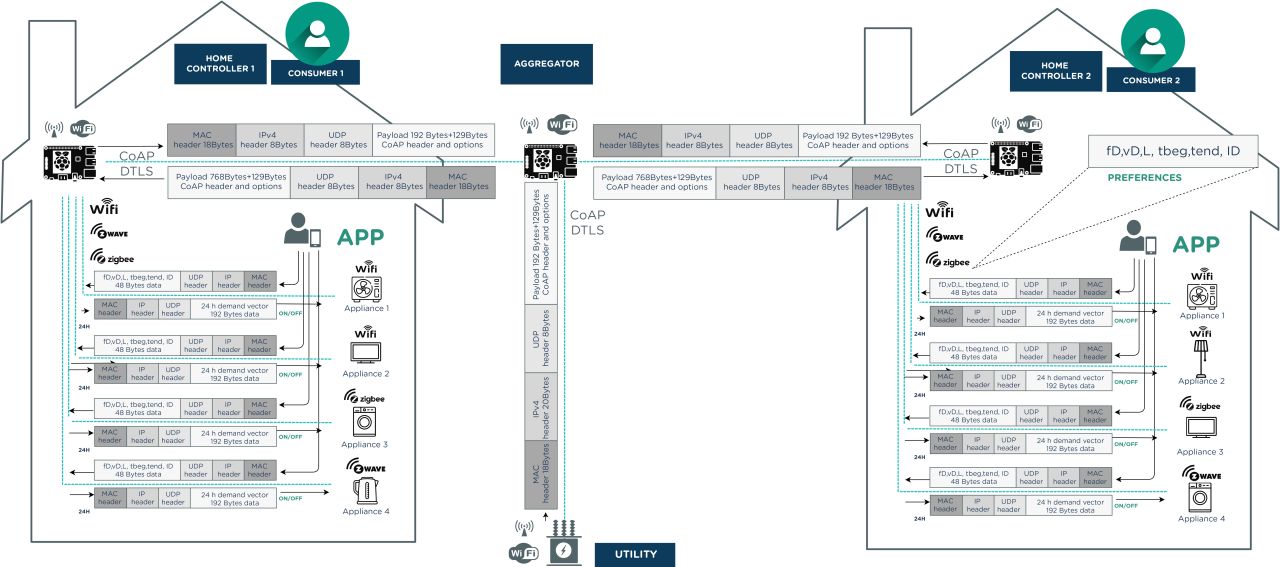Development of DR programmes, demand aggregation and optimisation of distributed loads are rapidly emerging across the globe in a variety of business models focused on maximising the inherent flexibility and diversity of the behind-the-meter assets. However, even though these developments’ added value is understood and of wide interest, measurement of the desired levels of consumer engagement is still on demonstration stages and assessment of technology readiness. There are only a few countries, such as Austria and Denmark among others, raising the consumer awareness of the benefits of such programmes and applications, though have been promoted mostly on an individualised way. Electricity retailers’ messaging emphasises individual preferences, which consist of individual action and choice, and, in most of the cases, the reward scheme is monetary, individual and based on attributable performance rather than contribution.
PUT-DR-2TEST will put a novel ICT-supported aggregated DR system to the test over real community participants pursuing four main areas of actuation: a) the identification of a parametric representation of consumer communities that allows minimisation of the uncertainty and variability of consumer engagement and demand responsiveness to the DR system; b) the analysis of the impact of the behavioural features (e.g. the uncertainties associated to human behaviour) that may influence the large-scale implementation of DR programmes and/or systems; c) the exploitation of the levels and factors influencing the interaction and participation in the DR system that in turn will empower energy forecasting, consumer segmentation and demand optimisation of the community (neighbourhoods/districts) load and its balance; and d) the realistic measure of the aggregation and scheduling algorithm’s reaction to the participants’ flexibility as to refine and upgrade the technology. For instance, a preliminary analysis of the consumer behaviour on emulated scenarios using existing datasets revealed a series of behavioural patterns of aggregated community where the consumers’ demand volume, curve and flexibility are shown as key factors. PUT-DR-2TEST will help to establish and predict a better strategy when deploying DR programmes in real communities by understanding and recognising the social and behavioural factors and their impact on the consumer engagement as well as on the aggregation algorithm’s performance.
Objectives
PUT-DR-2TEST will pursue the following four objectives and respective outcomes as follows:
- Consumer engagement in the ecosystem of aggregated demand communities: This project pays special attention to foster an active involvement of citizens. On the replication stage, PUT-DR-2TEST technical solution will be deployed over a series of consumers’ households participating in pilot trials. Support from energy providers such as La Corriente in Madrid and La Solar in Murcia is planned to this regard. Analysis of the selected environment is key and so clustering and other machine learning (ML) techniques will be applied. Estimations envision 45% of demand flexible for reallocation.
- Consumer awareness & renewables: The numerous and varied benefits of DR have not reached yet to the consumers’ awareness. Conducting the relevant dissemination and outreach activities is principal towards leveraging DR and microgeneration and so reaching a better balance production-consumption in the cluster/district/Region.
- Analytics: Evaluation of the demos’ data will help to determine the impact and economic viability of DR programmes in environments of any type. Demo trials will configure intelligent interfaces for parameters monitoring and pattern recognition. Both supervised and unsupervised ML techniques can be applied to data analysis.
- Technology refinement: Target use cases are primary focused on residential buildings and household premises; tertiary sector buildings are nonetheless included in the living lab trials whenever possible. Monitoring and evaluation of performance, security and other technical factors during the actual performance of the demos will be considered for SW & HW version upgrading and technology improvement.
Get involved
¿Do you want to participate in our pilots? Several consumers joined already at zero cost from Madrid and Murcia; requirements are:
- You are a residential consumer, with some of these appliances:
- Electric heaters.
- AC system.
- Heat accumulators.
- Enchufable vehicle.
- Washing machine.
- Drier.
- Dish washer.
- Automatic watering system.
- Smart TV.
- Plugs of these appliances are accessible and there is space to connect a smart plug.
- You have a smartphone or tablet to get the app (as in Figure 2) installed.
- You have WiFi connection at home.
- You agree on:
- Free installation of (see Figure 1):
- a home controller connected to your WiFi,
- a few smart plugs,
- a few fingerbots, if needed, and
- a user app (iOS/Android).
- Free installation of (see Figure 1):

Figure 1 Pilot installation at home: a) controller, b) Smart plug, and c) fingerbot.
-
- Use the app daily (once) to introduce your day-ahead demand flexibility.
- Sign the agreement of data protection and confidentiality.
Figure 2 User app to introduce daily day-ahead flexibility
Benefit
- Participation in a research and innovation project and getting understanding of the new programmes and services for green and digital transition:
- Pilot start date: Septembre 2023.
- Pilot end date: March 2024.
- No cost (devices’ real cost is around 350€).
- Renovation of traditional appliances that facilitates the remote control.
- Training in demand schedulling for more sustainable habits and patterns.
Our PILOT in Madrid…
LA CORRIENTE Cooperative Society – LCTE: La Corriente is an electric cooperative from Madrid that act as own marketer. La Corriente provides 100% renewable energy and allows installations for the energy self-production, as well as charging points for electric vehicles.
La Corriente provides wind, hydraulic and solar power to over 300 members, one of whom says their electricity bill has more than halved since joining. As the cooperative is not-for-profit, it can offer competitive prices that are in line with those of the big suppliers. The Mercado de San Fernando market in Lavapiés is one of the cooperative’s members. A team of professionals from La Corriente visited the building, which was built after the Spanish Civil War, to see what measures could be implemented to make it better insulated.
Our PILOT in Murcia…
MIWenergía is a Spanish energy company specialized in the power commercialization for homes and companies. Its services include self-consumption systems, ICT solutions to improve energy efficiency and the renewable energy producers representation in the energy markets, among others.
MIWENERGIA is an electricity retailer company focused on providing high added value services. Renewable energy technologies, electric vehicle, implementation of smart meters and the readiness of ICT, offer an opportunity to provide new services and generate new opportunities that go really further in utilities traditional business model. With that in mind the strategy of the company is to position itself as a service provider with innovative energy efficiency solutions.
MIWenergia is an SME located in Murcia and operates through the whole Spanish territory.
New PILOTs in…
The technology
PUT-DR-2TEST validates the ENEFF-PILOT´s technological solutions achieved during 2018-2023 (Ayuda de Atracción de Talento Modalidad 1 Comunidad de Madrid, Ref.: 2017-T1/TIC-5184 y Ref.: 2021-5A/TIC-20961, https://eneffpilot.web.uah.es):
- Home Controller: A Home Controller has been designed, implemented on Raspberry Pi boards and evaluated on a demonstrator testbed deployed at UAH (Dpt. Electronics) (shown in Figure 1-a). The prototype controls different smart plug technology enabling different communication protocols (WiFi, Z-Wave, Zigbee and Bluetooth on traditional appliances. The controller receives a daily vector scheduling the functioning of the connected devices. Patent registration is considered as soon as the validation completes.
- Consumer App: A friendly mobile device app has been designed and developed in iOS and Android and published on the markets (UAH account) (see Figure 2) for the consumers introducing their flexibility and time frame preferences. The information captured by the app is compiled on a database in an UAH server.
- Aggregator: The optimisation algorithm aggregating the Consumers’ demand and flexibility developed during the previous 4 years is placed in the UAH server to be tested against the pilot participants’ input data (from the app). This algorithm’s IP has been registered at the Regional Patent Office in Madrid.
- Ecosystem and architecture: Though the architecture bases on well-known Internet-of-Things network architecture (see Figure 3), the ecosystem built represents a step-forward for the society and technology awareness of the new opportunities recently brought by the Energy market in our country.
Figura 3 Ecosistema de red y roles
Our solutions tend to stimulate consumers’ collaboration supporting their energy behavioural change towards both, greater energy-efficient and greener habits.
Network architecture and hardware platforms are chosen based on cost-effective features, i.e., Raspberry Pi boards and network-enabled plugs and switches for the retrofitted appliances.
A new scheduling algorithm aggregates the electricity demand of the appliances of a community of participating consumers. This aggregation of the appliances’ time frame preferences is optimised given an objective function, which is fed with the available supply from renewable sources.
Expected impact
Technology for demand-side management and response, flexibility and aggregation is a market still in R&D with pilots and demonstrators succeeding globally. The very recent Spanish Plan Nacional Integrado de Energía y Clima 2021-2030 recommends increasing actions (since capacity markets opened by November 2020) that provide greater flexibility to the planned electrical system for our country in 2030. PUT-DR-2TEST solution increases residential energy efficiency and peak demand reduction, but also expands grid assets as a cyber-physical system. In particular, the day-ahead optimisation scheduler is both efficient (<20 seconds for 8 households- from experiments in small communities with 8 consumers and 52 appliances) and cost-effective (<200€ / HW components, no retrofitting, no additional network infrastructure needed). It is turn-key, so the home system automatically responds and makes the community achieve up to 30.7% of green consumption as well as 45% of savings in the electricity bill. The business case is therefore very promising in the Smart Buildings market by component/solution, which is expected to grow at a Compound Annual Growth Rate of 10.5% during 2020-2025.
PUT-DR-2TEST would serve as catapult for micro-generation that assists in balancing (65%) the market and ancillary services, which guarantees revenues to both prosumers and utilities. The proposal estimates an increment of 48% prosumer capacity by 2030. Utilities can also make profit of a better understanding of the communities’ consumption/production patterns that will facilitate a peak demand impact reduction up to 20% by 2040. Utilities could benefit from 5-10% earn considering the potential strategic reserves as a result of applying PUT-DR-2TEST solution. Moreover, smart city managers and energy cooperatives such as in Santander, Murcia and Madrid will engage in the project supporting the execution of the relevant trials. The new dataset will help to envision novel measures to promote urban sustainable mobility, increase the energy efficiency of buildings, and reduce energy dependency on these living labs and Regions. Scientific publications with impact, tech reports, brochures and user manuals are expected as well as at least 3 gender-equal job opportunities.
